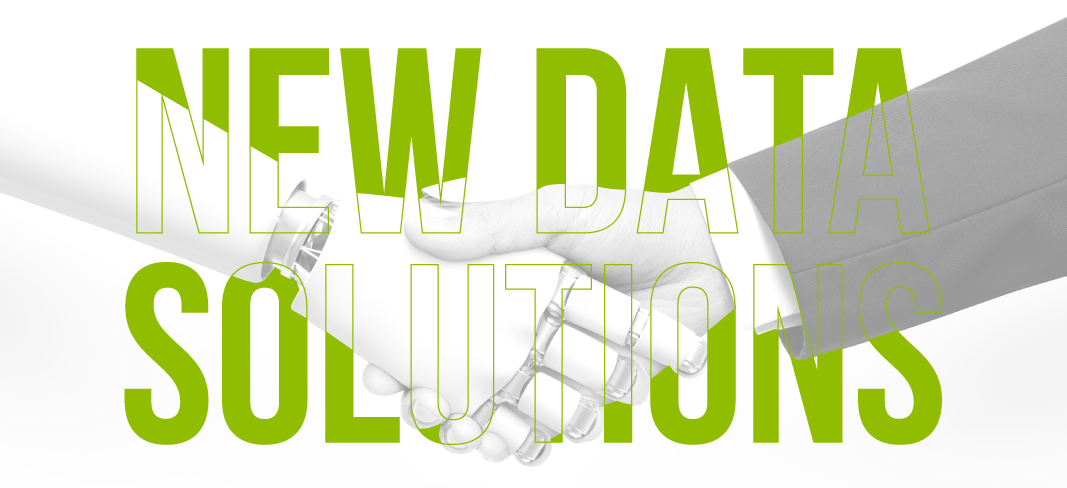The retail industry is undergoing significant changes driven by shifting consumer behaviour, technological advancements, and changing market conditions.
Today, shoppers have a greater range of shopping options and can quickly access product details and feedback influencing their buying choices. Consequently, they anticipate that retail companies will cater to their needs regardless of whether they are shopping online or in physical stores. This has resulted in retail experts using multiple data sources and channels to deliver different shopping experiences adapted to the consumers' needs.
That said, here are the prominent trends that are impacting the retail industry:
Growth of e-commerce
One of the key trends expected to shape the Australian retail landscape is the continued growth of e-commerce. As online shopping becomes more popular among Australian consumers, retailers are expected to invest heavily in online platforms and digital marketing strategies. This is especially important for retailers looking to appeal to younger consumers, who are more likely to shop online and expect a seamless omnichannel experience.
Accessing holistic data solutions
There is a growing importance of data analytics and customer insights. As retailers seek to personalise the shopping experience and build stronger relationships with their customers, they are expected to invest in technologies that can help them analyse customer data and preferences. This includes everything from AI-powered chatbots to personalised promotions and product recommendations.

Focus on real-time data
Focusing on real-time data is a growing trend in the retail industry that involves collecting, analysing, and applying data in real time to inform business decisions and drive operational improvements. Real-time data can come from various sources, including sales transactions, customer feedback, social media activity, and inventory levels.
By leveraging real-time data, retailers can gain deeper insights into consumer behaviour, preferences, and trends, allowing them to respond quickly to changing market conditions and consumer needs. For example, retailers can use real-time data to identify popular products, adjust inventory levels, or personalise marketing messages and promotions based on customer preferences and behaviours.
Real-time data can also be used to improve operational efficiency and reduce costs. Overall, the trend of focusing on real-time data represents a shift towards a more data-driven and agile approach to retail, where retailers can make informed decisions quickly and respond rapidly to changing market conditions and customer needs. This can improve customer satisfaction, increase sales, and greater operational efficiency and profitability.
Personalised experiences
With more competition than ever, retailers invest in technologies and strategies to provide personalised, engaging customer experiences. This includes everything from virtual and augmented reality to in-store events and pop-ups.
These trends are expected to shape the Australian retail industry in 2023 and beyond, with retailers looking for ways to adapt and innovate in response to changing consumer behaviours and preferences. By investing in technologies and strategies that can help them meet the needs of their customers, retailers can position themselves for success in an increasingly competitive market.
Ultimately, retailers who can anticipate and meet evolving customer expectations will be better positioned for success in the years to come.
Crowdsourcing helps solve retail challenges!
Retailers can receive real-time feedback on in-store activities through crowdsourcing, which allows them to act quickly and cost-effectively.
With modern mobile technology, hundreds of thousands of individuals can provide data from any store, even outside regular business hours. This data includes information on shelf health, product availability, and promotion execution, which can impact the customer experience.
The SmartSpotter Crowd, which consists of hundreds of thousands of mobile users across Australia, provides insights and photos that an internal team reviews and then aggregates into live dashboards and reports. Decision makers can use these dashboards to quickly access key performance indicators and make data-driven decisions, which can help to save resources and improve the customer journey.
Get started with SmartSpotter!














